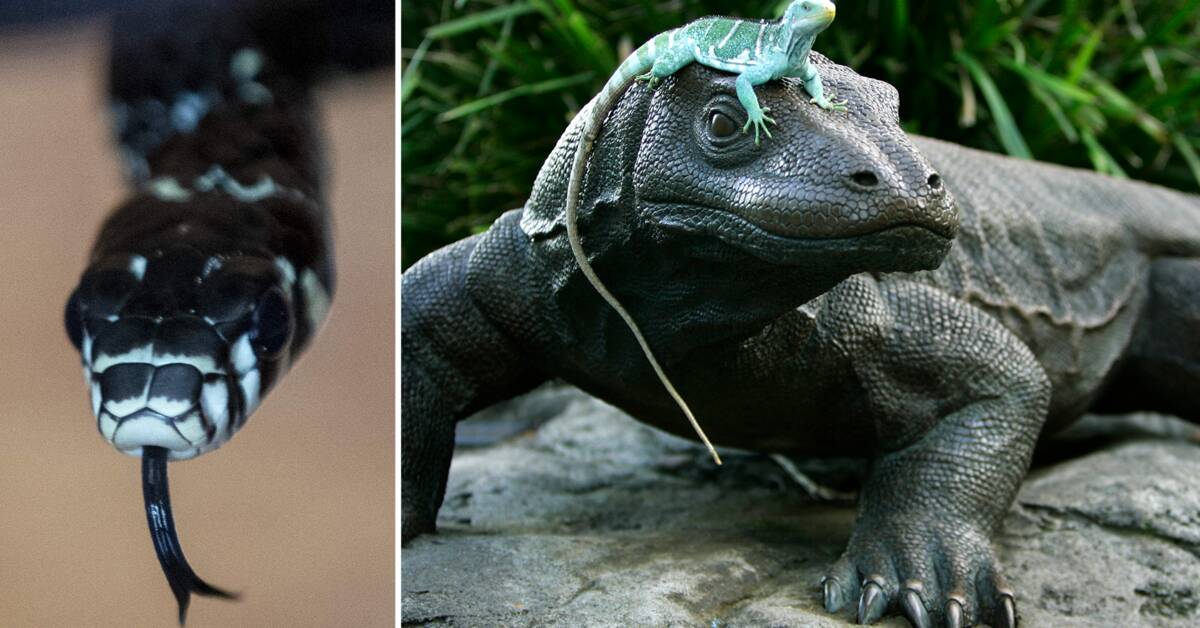A global review of the situation for 10,196 reptile species indicates that more than 1,800 of them (21 percent) are at risk of extinction if protection measures are not implemented quickly.
They are classified as vulnerable, endangered or acutely endangered and 31 species have already disappeared for good, according to the study published in the scientific journal Nature.
Reptiles are endangered all over the world, but especially in Southeast Asia, West Africa, northern Madagascar, the northern Andes and the Caribbean.
Hunted and traded
Turtles and crocodiles were identified as the most exposed species in the study, 58 and 50 percent, respectively, are judged to be endangered.
Crocodiles are killed for their meat or to get them away from areas where people live while turtles are traded as pets or used in traditional medicine.
A well-known species at risk is the world's largest venomous snake - the terrifying king cobra.
It can grow over five meters long and revel in other snakes in forests around Asia, where it is threatened by tree felling and deliberate attacks by humans.
- It is an iconic species in Asia and it is such a shame that even widespread species like this are really suffering and are in decline, says Cox.
"Not charismatic"
The hope is that the study - which has taken more than 15 years to complete - will focus the spotlight on the fate of reptiles and show how much the world has to lose if they disappear.
- Many people do not see reptiles as charismatic.
There has simply been a much greater focus on more furry or feathered species, says Bruce Young, senior researcher at the non-profit research group NatureServe and co-author of the study.

